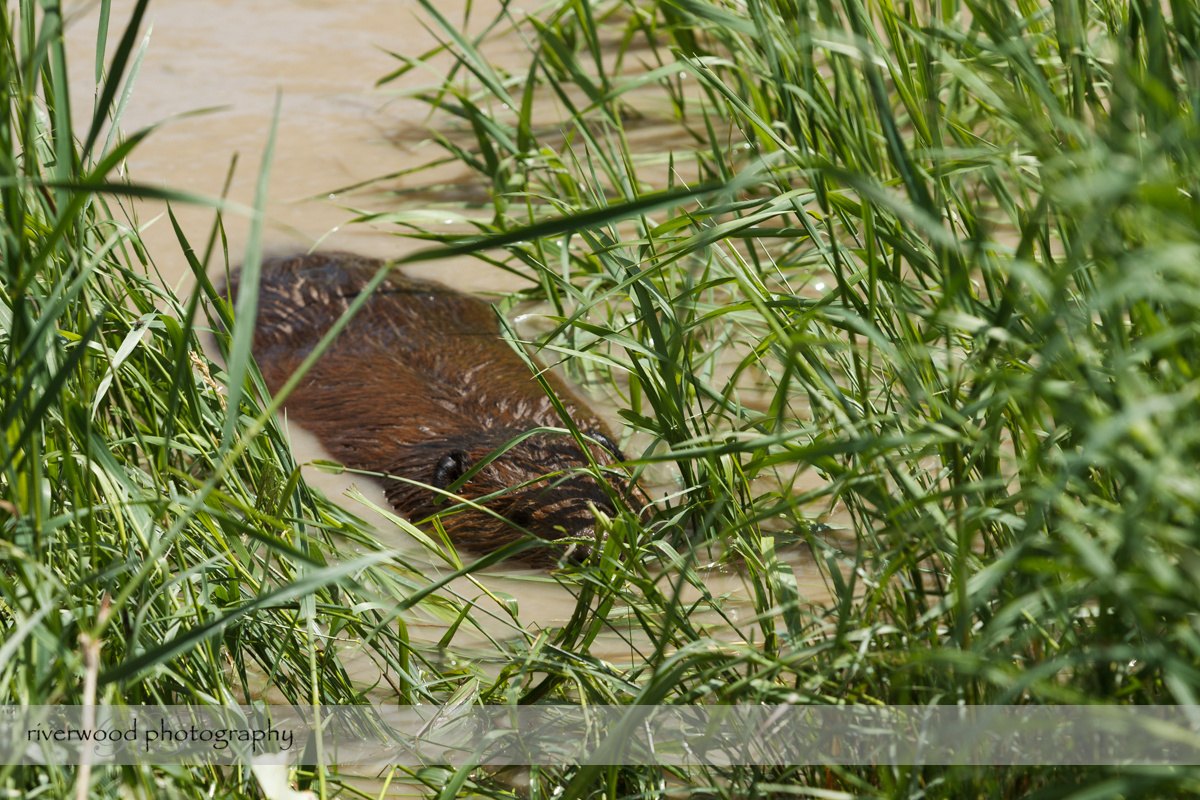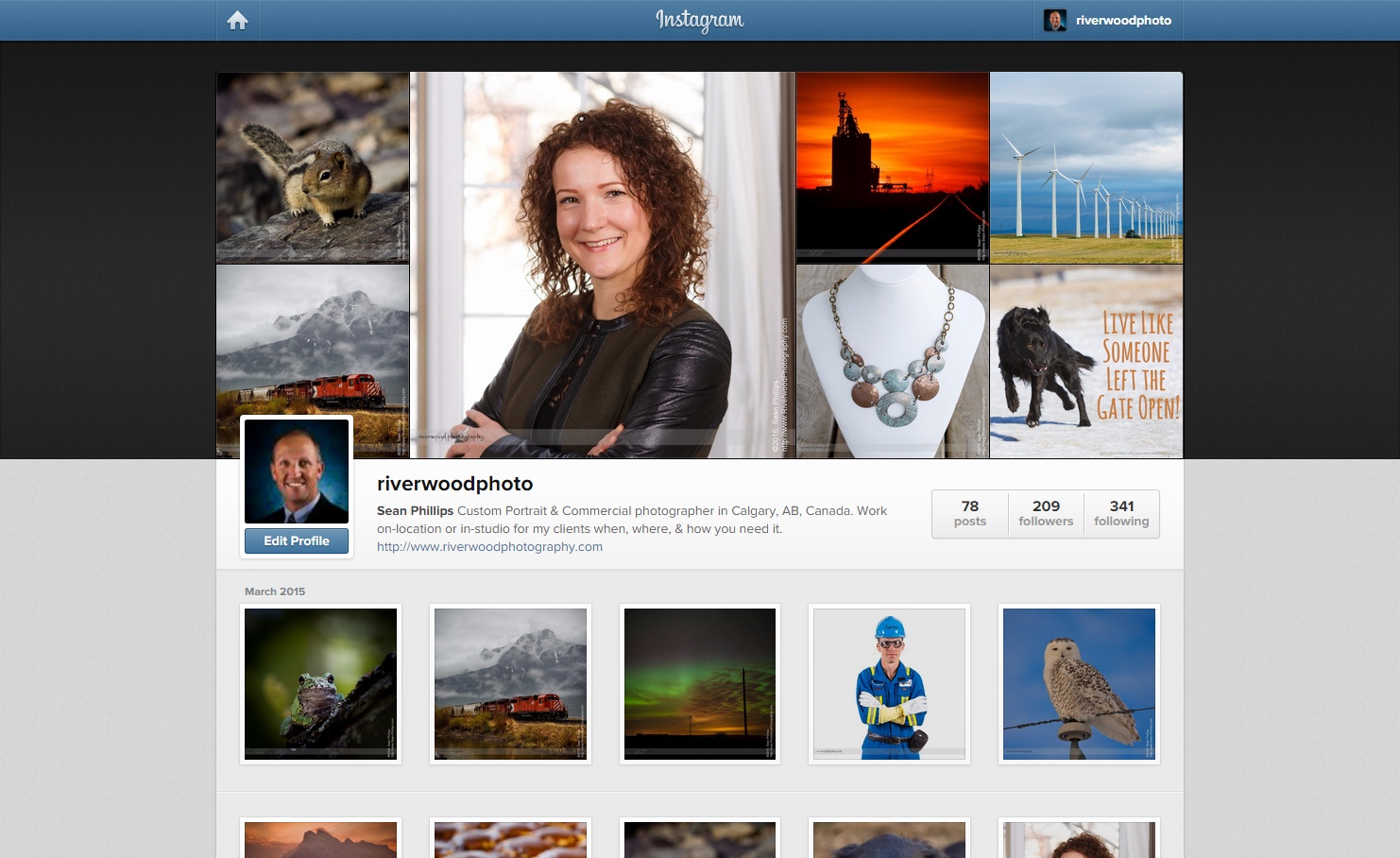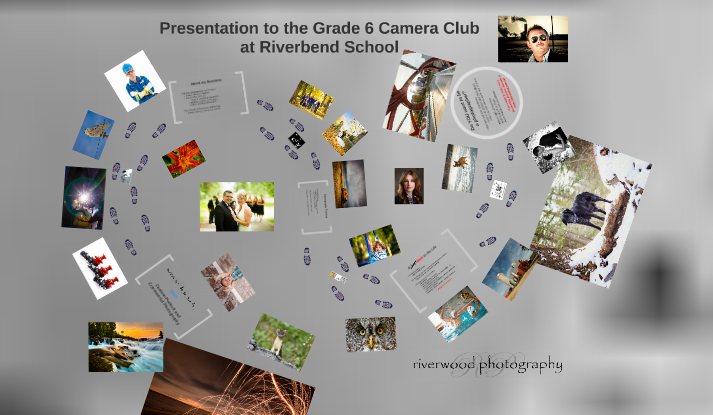I found this Beaver clinging to the shoreline near the Southland Dog Park while the Bow River was near its peak. It was clearly exhausted and just wanted somewhere quiet to relax for a few minutes. Unfortunately there was really nowhere for it to go…
Was your home Damaged during the Flood too?
Many other Albertans are in the same position as this poor beaver and are only just now coming to terms with how much damage there truly is in their homes. The obvious things are easy to sort through; the muddy couches and chairs, the broken TV’s, and the waterlogged carpets all end up in a dumpster somewhere.
But what about those precious memories that are only contained in the boxes and albums full of photos? It’s going to be a time-consuming process, but the good news is that many of those photos can be saved.
Basic Steps to take when Cleaning Flood Damaged Photos
- Take stock of the situation. Recognize that if you have many thousands of photos then you are going to have to prioritize. Start with the Wall Portraits and the Photo Albums. These are the images that you have already decided were the most important, so they are also the most likely images that you will want to recover.
- Determine if you have digital copies somewhere that are already safe. If you have a hard drive full of images that you can simply reprint, then there’s no point in trying to salvage the prints. If not then you need to get to work cleaning what you have in your hands.
- If you don’t have digital copies then determine if you have the original film or slides. These will be easier to clean and will provide better finished prints then you will get by washing your existing dirty prints.
- Decide whether you have time and a decent location to start separating them and drying them now? If your house is still wet and dirty then the answer may be no. In that case you should clean off any mud (rinse the prints in a bath of clean water), put them in Ziploc bags, and store them in the freezer until you have time to go back and do a proper restoration job. Freezing them will prevent any further damage and will also stop the growth of mold. NOTE – if you can get the images apart then you may want to take the time now to slip a piece of wax paper between each print before freezing them. This will make it easier to separate them later.
- If you do have time and a location to clean them now then you will need a good supply of clean water (I suggest 3 successive baths; the first one will get most of the grime off while the next 2 will gradually get cleaner and cleaner), paper towel or newspaper, and lots of room to lay the prints out to dry. Spread out the paper towel and carefully spread the prints out to dry.
- Once the images are clean and completely dry you can re-assess them to see if anything further needs to be done. They may be as good as new at this point, but most likely you will need to consider having them digitally scanned and restored in Photoshop. there are plenty of services out there that will do this for you.
This is just an overview, but it should be enough information to get started. If you have any doubts about the process then your best bet would be to freeze the images (before they start to go moldy) and then get some professional help later. Also, do not let them dry out in a large pile; you may never be able to get them apart if they do!
Helpful Resources for Cleaning Damaged Photos
Here are a couple of other great resources that have even more information about how to salvage your damaged photos:
Fujifilm – Recommendations for cleaning and restoring damaged photos and albums
Yesteryear Memories – Tips to salvage water damaged photographs
KODAK FAQ – Flood Damaged Photographs
Restoration SOS – How to clean, repair, and disinfect photos after water damage
Flood Restoration Services
We do not normally provide photo restoration services for old or damaged photos, but if you are one of our existing clients and you really don’t know who else to turn to then we would be happy to try to help you recover or restore your damaged pictures.
If you have the original film or maybe a CD or USB thumb drive containing the original digital files that would be ideal. But even if you have only the damaged prints or wall portraits that you found floating in your home, or maybe an album full of photos, then we still might be able to help you out. Please contact Sean at 403-615-3708 or email sean@riverwoodphotography.com to let us know what you have and what you need.
Alternatively you might like to contact Alberta Flood Photo Restoration to see if they can help.



